
Toni Messiter
Installation View, 2021

Toni Messiter
No ship to get across, 2021
Oil on canvas - Framed
125 x 125 x 6 cm
AVAILABLE $3,500

Toni Messiter
In came the gypsy, 2021
Oil on canvas - Framed
79 x 64 x 6 cm
SOLD

Toni Messiter
You won't be mine, 2021
Oil on canvas - Framed
125 x 125 x 6 cm
AVAILABLE $3,500

Toni Messiter
The grass was green, 2021
Oil on Canvas
125 x 95 x 6 cm
SOLD

Toni Messiter
Installation View, 2021

Toni Messiter
I wont be back, 2021
Oil on canvas
125 x 125 x 6 cm
AVAILABLE $3,500

Toni Messiter
Your shoes won't shine, 2021
Oil on canvas - Framed
64 x 48 x 6 cm
AVAILABLE $1,600

Toni Messiter
Naughty girl, 2021
Oil on canvas - Framed
64 x 54 x 6 cm
AVAILABLE $1,600

Toni Messiter
My mother said, 2021
Oil on canvas - Framed
64 x 54 x 6 cm
SOLD

Toni Messiter
Installation View, 2021

Toni Messiter
Your hair won't curl, 2021
Oil on canvas - Framed
64 x 54 x 6 cm
SOLD

Toni Messiter
A blind white noise, 2021
Oil on canvas - Framed
79 x 64 x 6 cm
AVAILABLE $1,900

Toni Messiter
I paid ten shillings, 2021
Oil on canvas - Framed
79 x 64 x 6 cm
AVAILABLE $1,900

Toni Messiter
The wood was dark, 2021
Oil on canvas - Framed
125 x 125 x 6 cm
AVAILABLE $3,500

Toni Messiter
Father said that if I did, 2021
Oil on canvas - Framed
125 x 125 x 6 cm
AVAILABLE $3,500
My mother said, I never should
Play with the gypsies in the wood.
If I did then she would say,
‘Naughty girl, you disobey,
Your hair shan’t curl, your shoes wont shine,
You gypsy girl, you shan’t be mine.’
And father said that if I did,
He’d wrap my head with a teapot lid.
The wood was dark, the grass was green.
In came the fae with a tambourine.
I went to sea – not ship to get across,
I paid ten shillings for a blind white horse
I upped on his back and off in a crack –
Fae, tell my mother that I shan’t be back.
TONI MESSITER
MY MOTHER SAID - Exhibition Essay by By Samantha Houben
Toni Messiter's new paintings respond to the cautionary tale My Mother Said. The body of work explores notions of choice and otherness by provoking the character responses to the question: What would you do? The gallery sets the stage for the dramatic allegorical figures as their enigmatic expressions consider the possibility of new beginnings. Created within a backdrop of a wild and unfamiliar landscape, folklore and gypsy tropes embrace otherness and allure the forbidden. Drawn personal experiences, antiquity and art history, Messiter paints her characters from dolls as figures from the past. The motif explores the roles of girls and women in society as they choose a path of their own. Incarnated onto the canvas, the characters seize the enticing opportunity possibilities of an alternate world.
Messiter's characters are suspended in a moment of contemplation. Carefully outlined, they protrude from dark backgrounds filled with fierce brushstrokes that create a mercurial and uncertain atmosphere. Some exude confidence as they consider following the gypsies, whilst others seem strange, perhaps scared of the threats in the cautionary tale. Collectively they look towards each other for comfort and guidance on their journey, led by elder subjects seen in You won't be mine. Their appearances are rendered from the artist's ancestors and a diverse range of dolls she received. A smoky haze confirms the foreboding scene as a fixture of the imagination and foreshadows that something will happen. Here the artist uses notions of alterity or otherness as a sliding doors moment, offering those on the periphery a choice to redefine expectations in imaginative scenarios full of freedom and vigour.
The juxtaposition of the doll-like characters in the dark wood asks – What are they doing alone? The unsettling scenario questions the message in My Mother Said that girls do not belong in the woods and bad things happen to those who stray. Threats emerge in the work, Your hair won't curl is taken from a line in the poem portraying a girl with unruly yellow hair. Traditionally, these curls required sleeping with rags twisted in hair to create ringlets, mimicking the hairstyles of dolls. The toys encourage play, beauty, and comfort, but also confine girls in the domestic sphere. The title is splashed across the foreground in red paint, barricading the subject back into the frame's interior. Enforcing this absurd threat highlights unattainable standards for women and the constraints placed on them in a patriarchal society. The protagonist rests her cheek in her hand with a slightly furrowed brow, she seems aware of her position within the frame as she considers her response. The work exposes what the tales are trying to supress – when young women begin to question the world around them.
The exhibition encapsulates the moments characters act on their past lives. Most appear in the woods with marvellous unravelled curls, they are encouraged by the white horse figure and the gypsies who have forged their independence. Distinguished by the fabulous gold hoop earrings and scarfs with a big bow the gypsy’s allure with a promise of freedom, but they too have consequences. In came the gypsy paints a girl with an un-ravelled neck ribbon looking at the gypsy who glances over her shoulder with a raised eyebrow and tilted head, she gestures towards the viewer with a mysteriously understanding eye. The gypsy is free from society, there's no guarantee of a comfortable life. Their role as the other acknowledges that every path is faced with challenges and unpredictability which can be to be met with awareness, empathy and resilience.
The grass was green beholds a figure wearing red stockings looking directly towards the viewer, her piercing eyes create a childlike sense of wonder. A white horse frolics into the background, as another white horse is formed around the waist like a flotation device. It offers an oddly secure scene of freedom through isolation and intrigue. No longer fragile and discarded dolls, they embody the heroes in their own tales free to live a life they choose. Messiter playfully references Velázquez's depiction of himself in Las Meninas with an uncanny resemblance to the head from the white horse in I won't be back. The dynamic composition sees two young women in billowing dresses alongside a cheeky nude figure wearing a chain and a white horse head. Almost like a bonnet it is suspended overhead as the figure peers sideways towards the characters with an omniscient air of pride. It is a reassuring spectacle to encourage the characters to take whichever path they please.
There is a performative element in the characters' responses to the poem. The drama unfolds with a tension between an ominous past and a future of unconstrained possibility. Messiter's theatrical positioning of the ubiquitous doll motif, backed up by the gypsy and white horses, play out as a poignant reminder of the realities still faced today. Complimented by Messiter’s unbridled approach to painting and compassion for her characters, these uncanny and inquisitive figures imply that there may be more than meets the eye.
Toni Messiter: Artist Statement & Bio
I am inspired by classical painting and portraiture, feelings of ambiguity, light and shadow. I am particularly interested in enigmatic compositions, raising questions between reality and illusion and creating a sense of uncertainty between the viewer and the figures depicted. I am interested in this dialogue of ‘who is looking at who’ between the audience and the painted subjects, which for me is tied up in my own reflection of my past; of me looking at these characters I’ve painted, and their gaze looking back at me. I feel an immediacy in their observation and strong sense of attachment to them, yet also I am an outsider to the canvas. It’s as if my painted characters challenge and speak to me, the creator and in turn the viewer. It is a kaleidoscope of memory, portraits of the past or the framing of a life, but at the same time questions of who is looking at who in the paintings confuse interpretation and subjectivity.
Toni Messiter paints from her studio on Gadigal land (Sydney). She holds an Arts degree from Macquarie University and has a knowledge and deep interest in history and all things horticultural.
Messiter works are held in the Macquarie University Collection and in private collections both nationally and internationally. She has been represented by Stanley Street Gallery since 2019.
Toni Messiter: CV September, 2024 Download
Education
Toni Messiter is based in Gadigal land (Sydney). She has been exposed to a painting culture from early childhood, she holds an arts degree from Macquarie University and has a knowledge and deep interest in all things horticultural.
Solo exhibitions
Group exhibitions
Collections
Messiter works are held in private collections both nationally and internationally and she has been represented by Stanley Street Gallery since 2019.

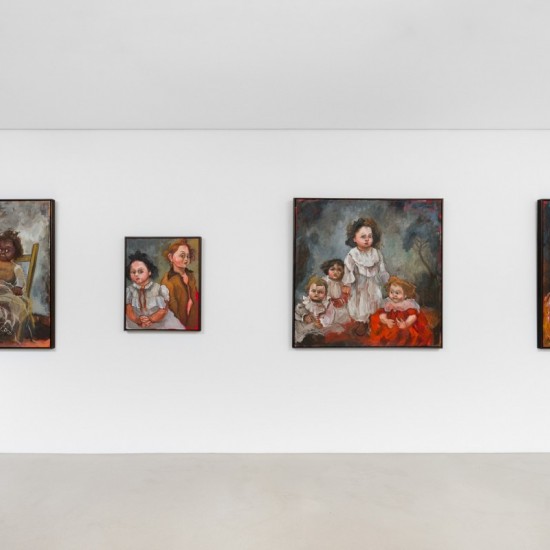
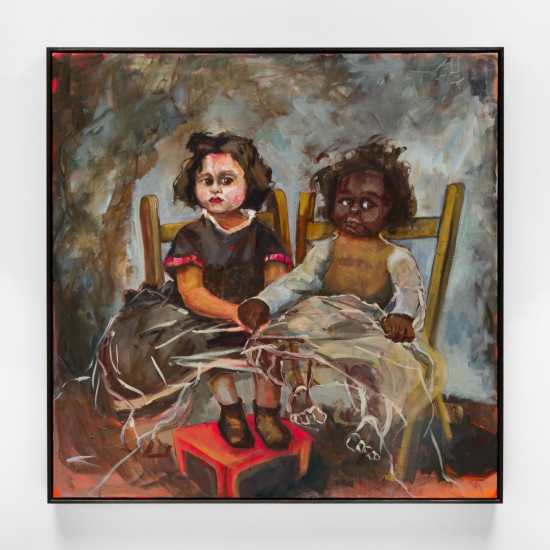
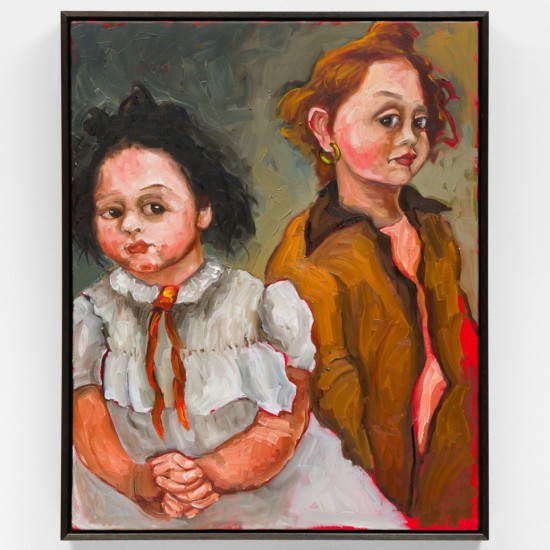
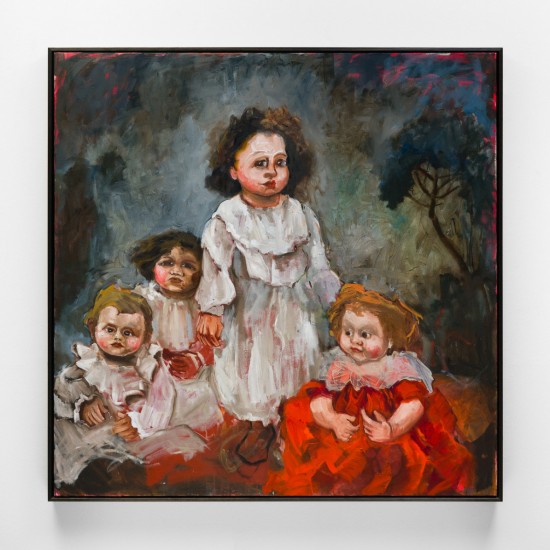
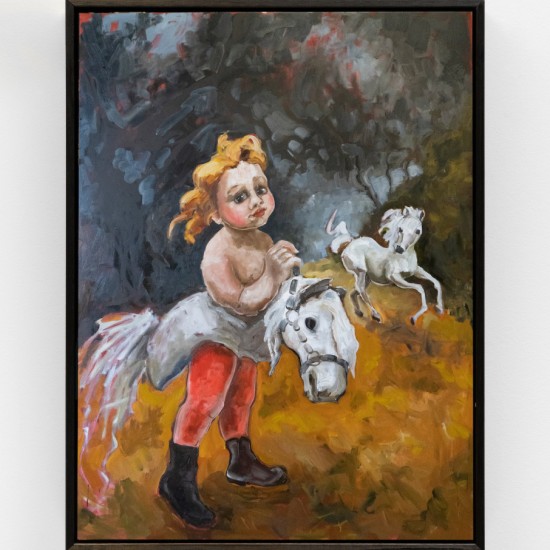
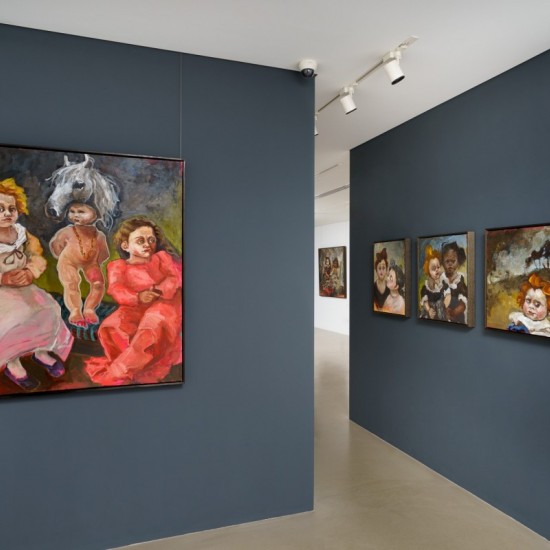
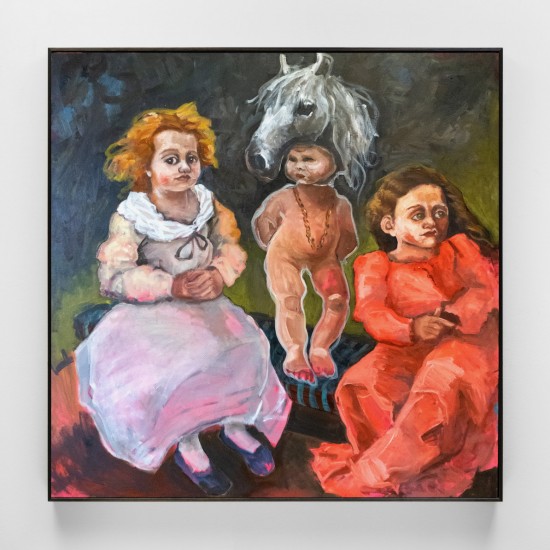
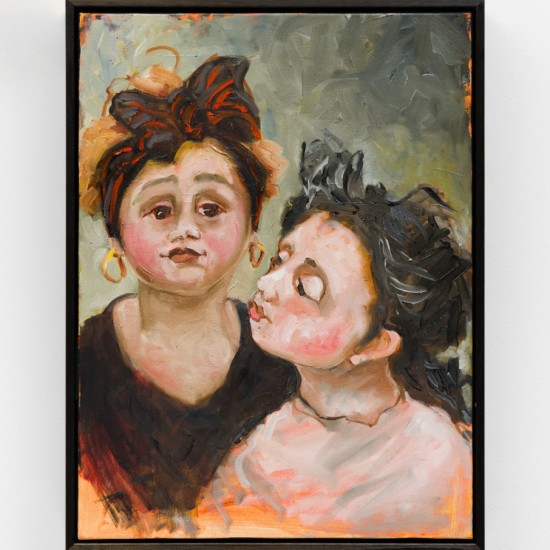
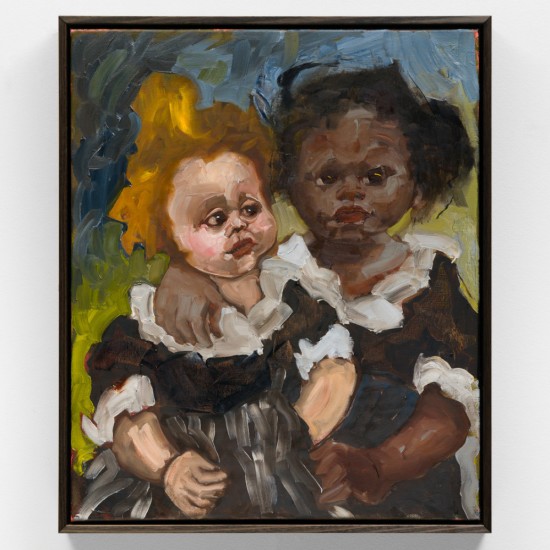
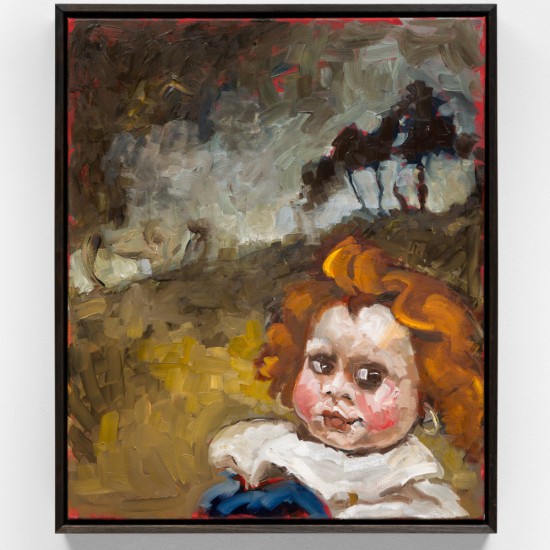
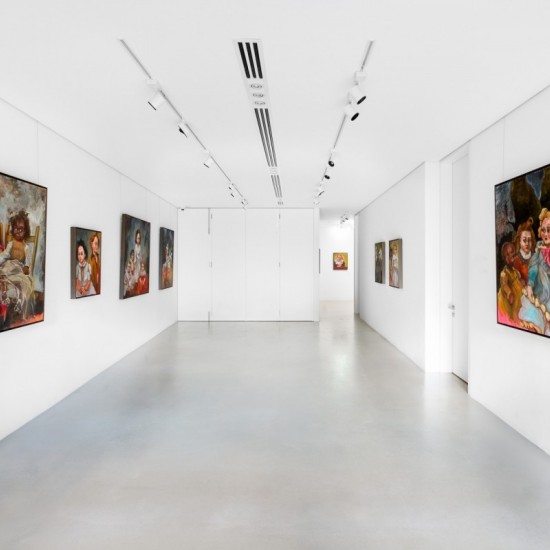
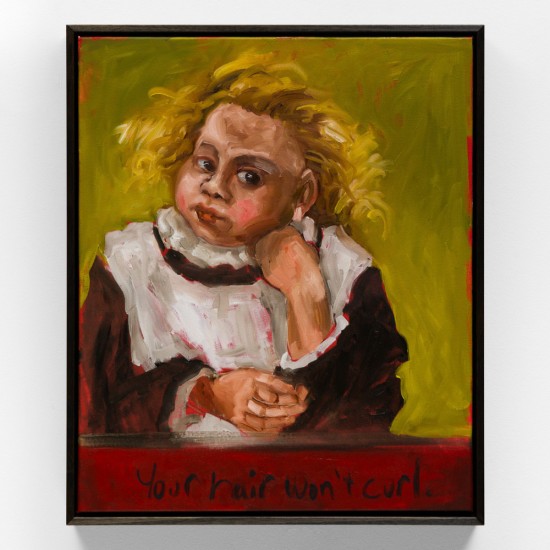
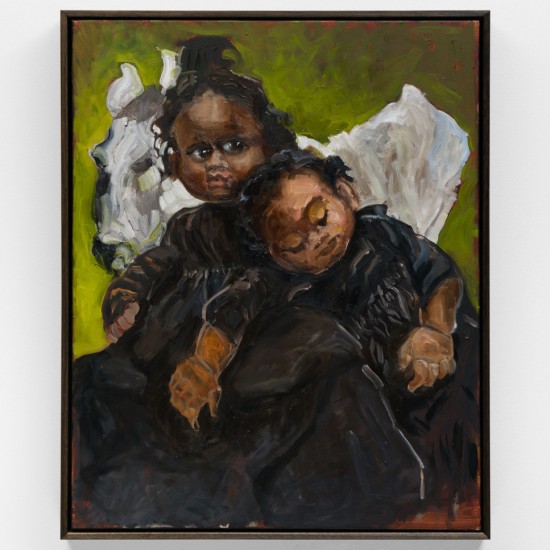
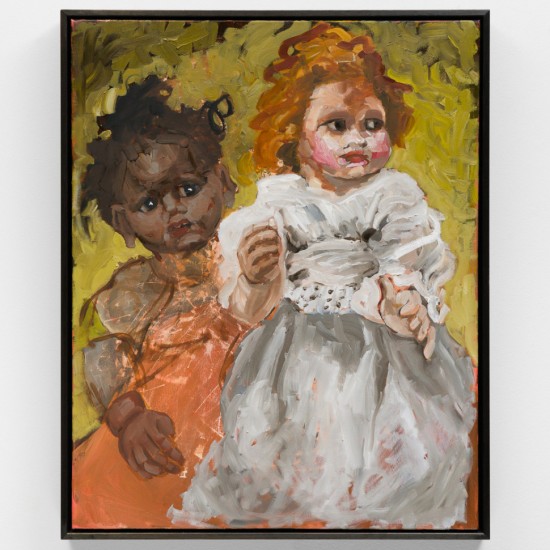
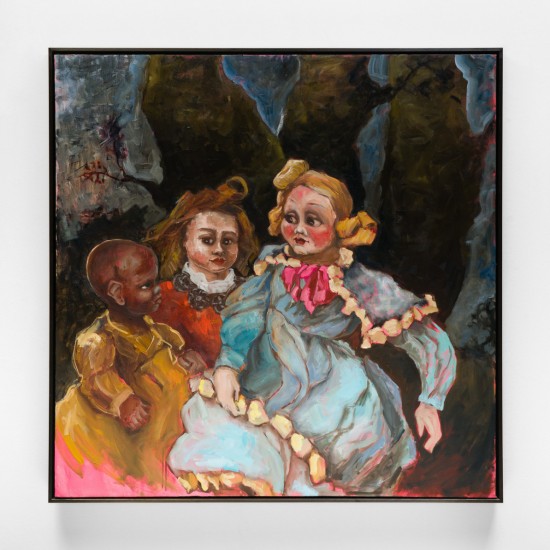
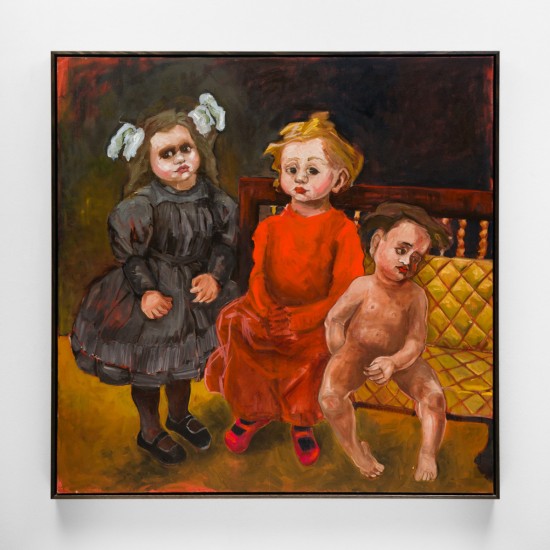




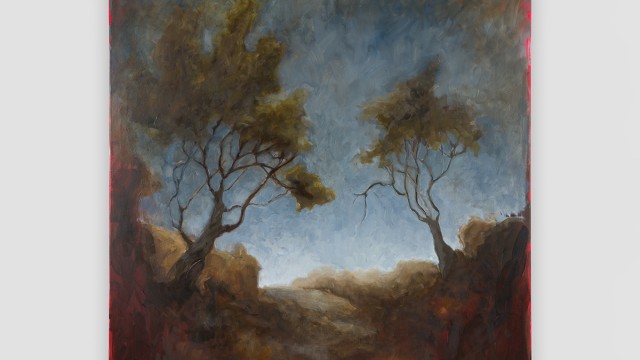
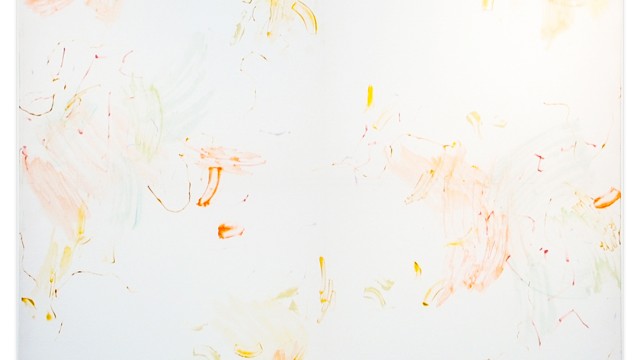
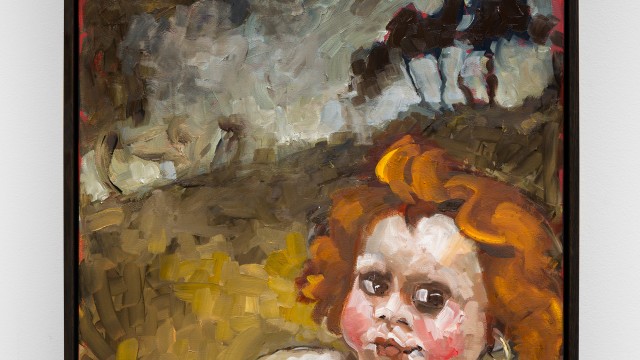
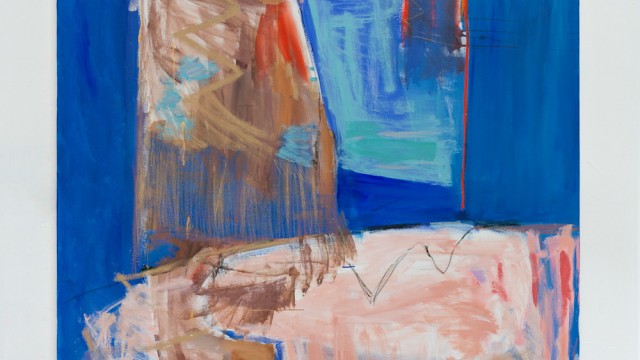

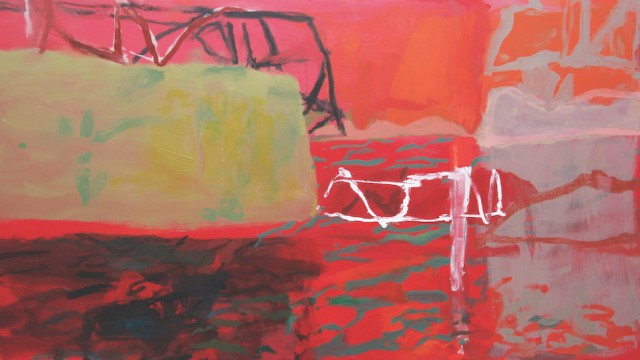
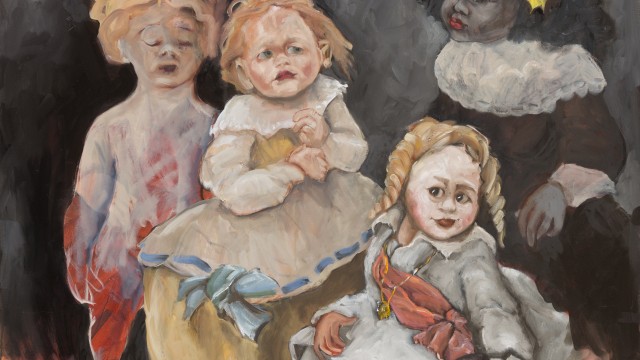
e-Catalogue for Toni Messiter
My Mother Said